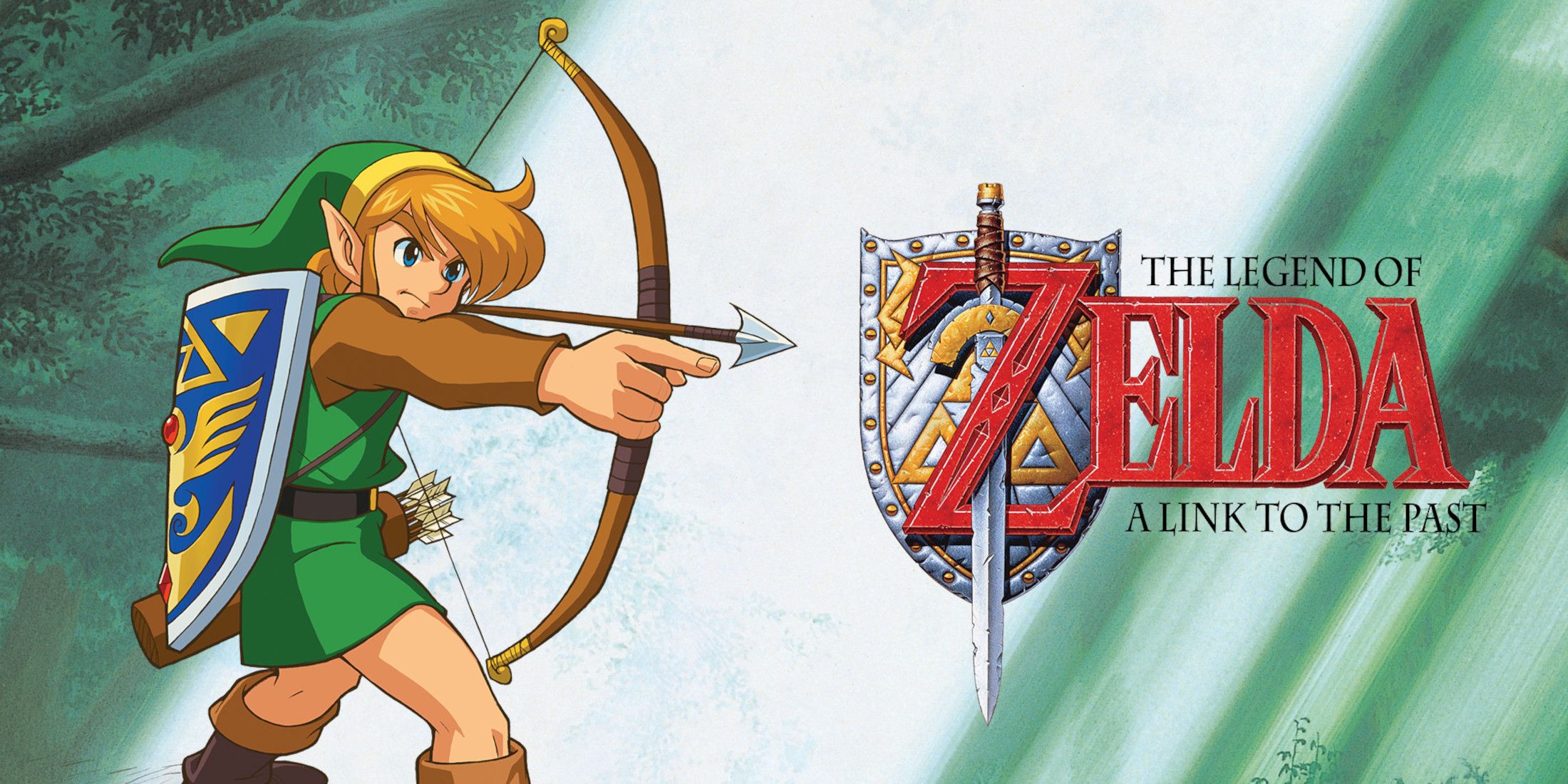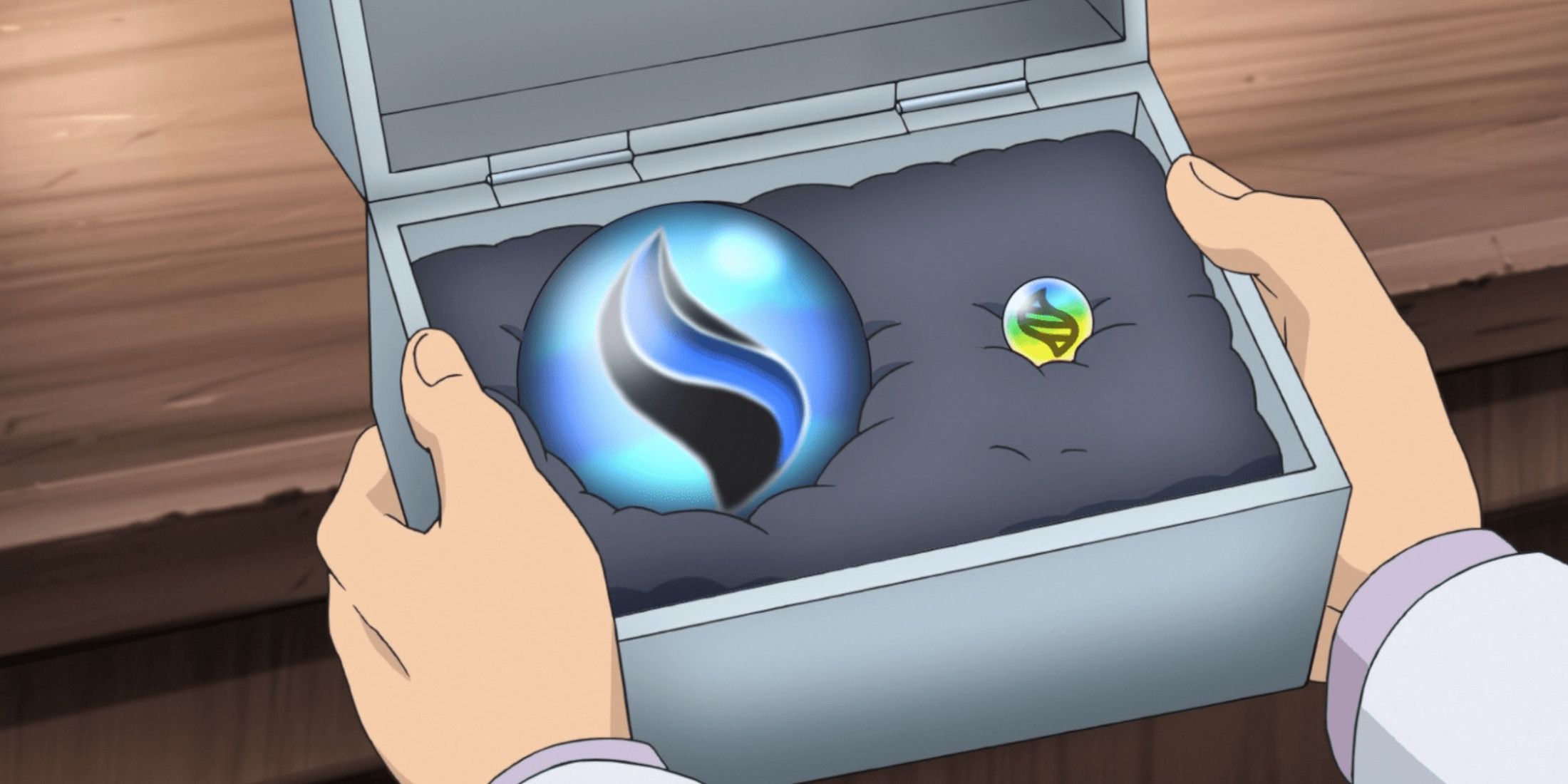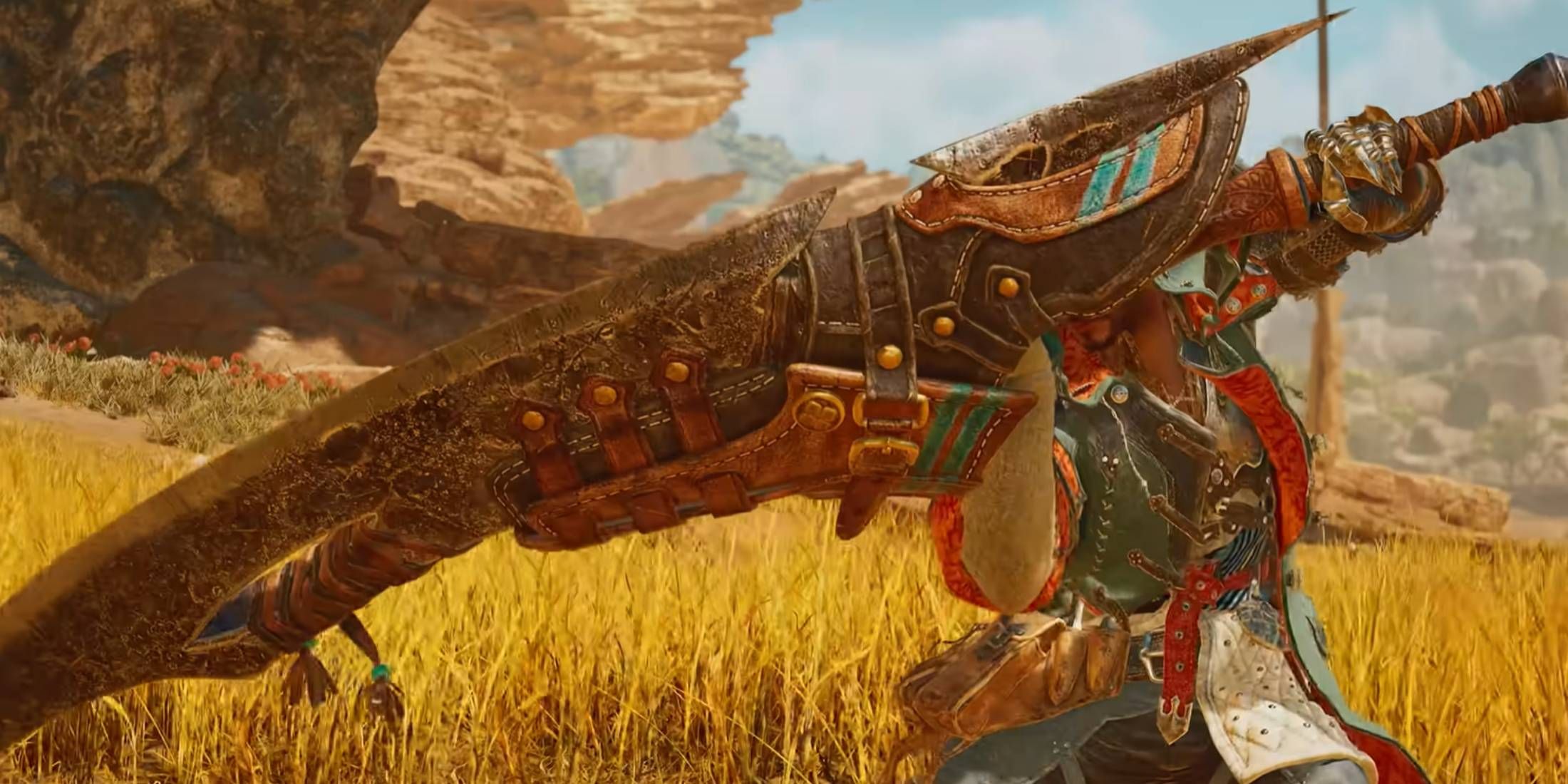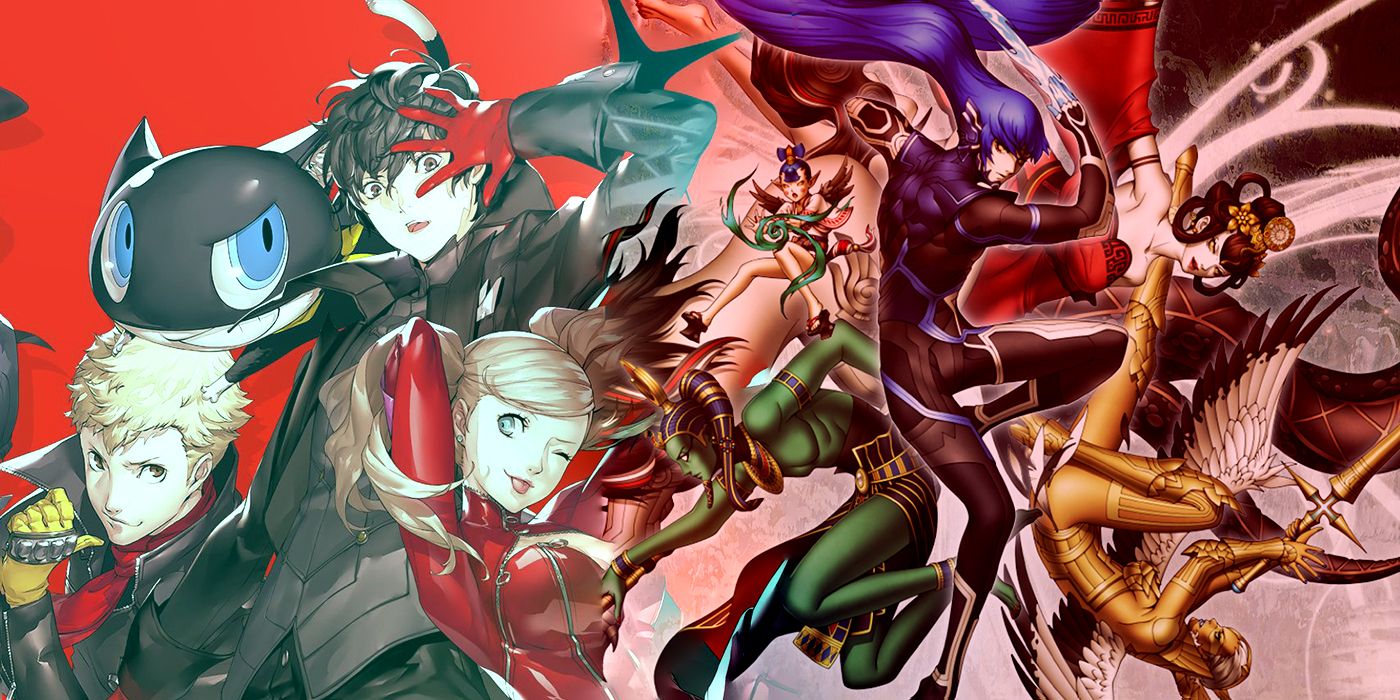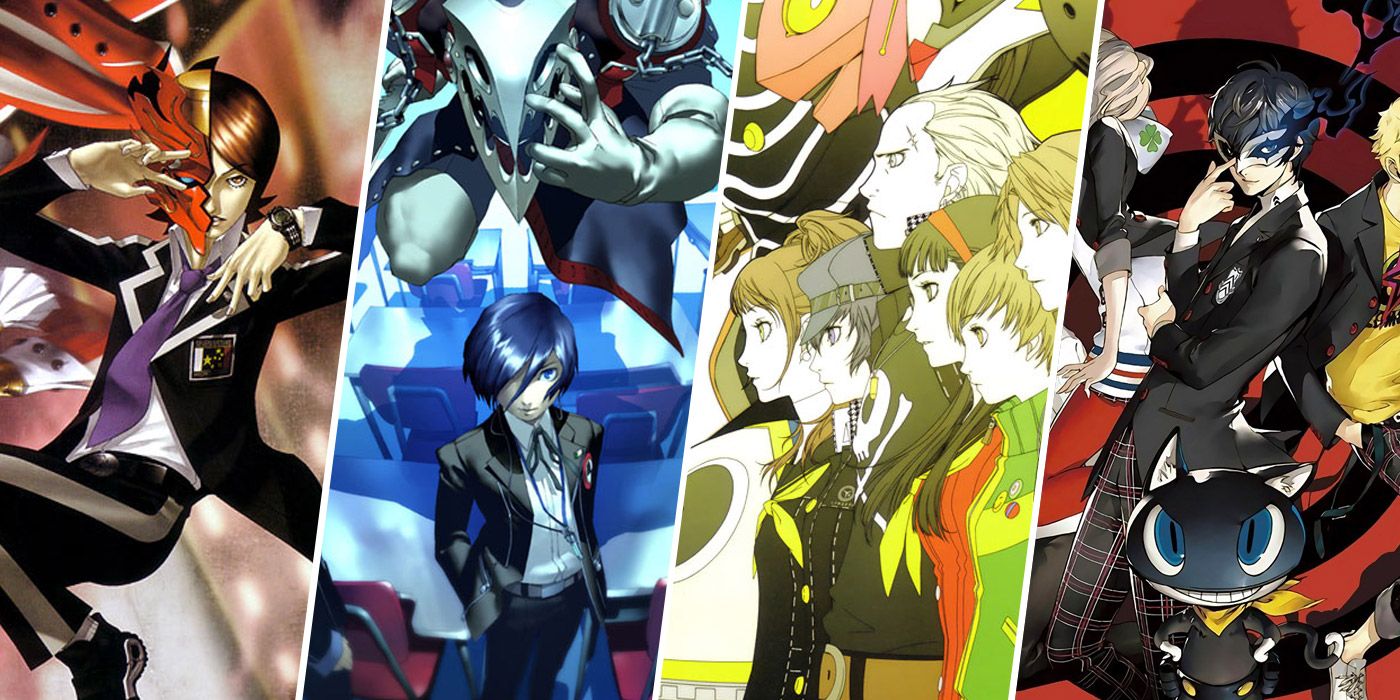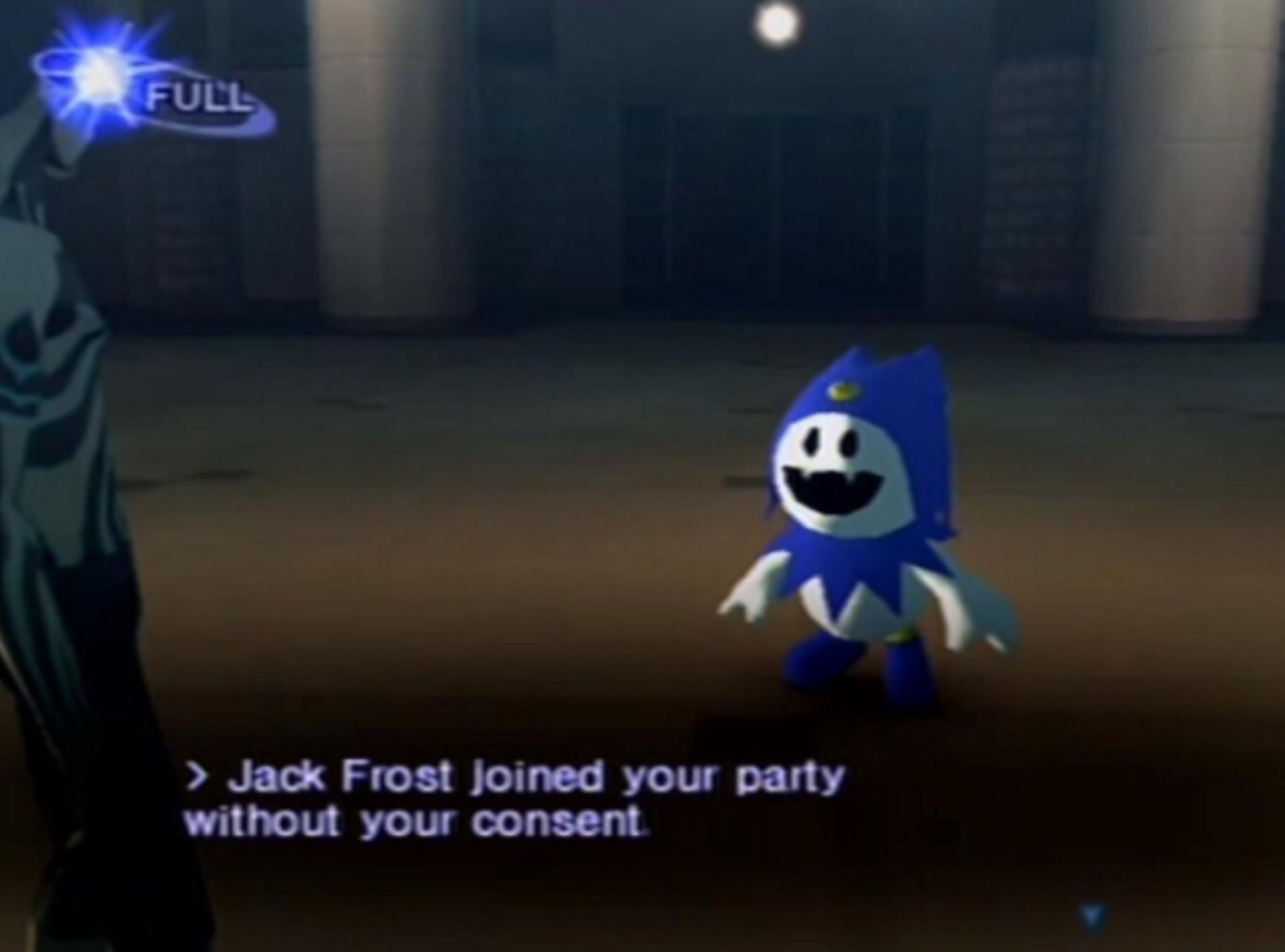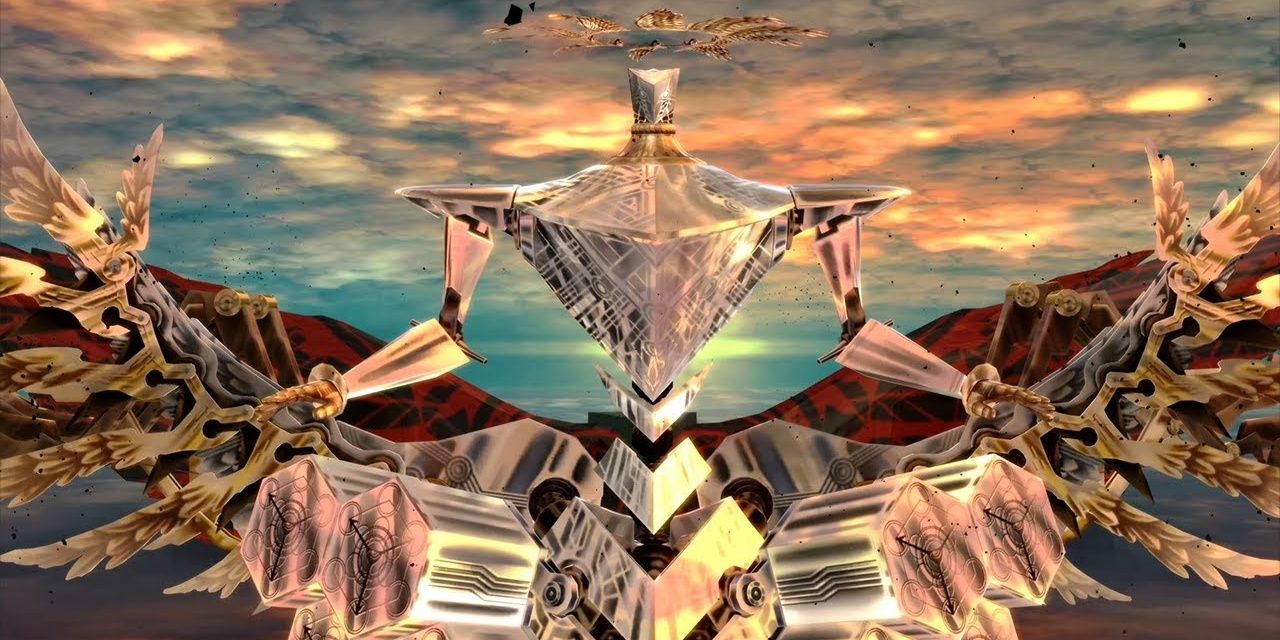The Persona series is a long-running franchise, with nearly each numbered entry forming its own sub-franchise. Persona itself started as a spin-off of Shin Megami Tensei, and has perhaps dwarfed the original franchise in name recognition and popularity. The two franchises are mostly made up of standalone stories, and don't share much continuity.
However, the universes of the two franchises are similar, and they share many game mechanics and themes. Even if the Persona series has become an entirely new beast, its origins in Shin Megami Tensei still remain clear.
The Persona Series' Origins
Persona's history starts with the Shin Megami Tensei entry titled Shin Megami Tensei If..., a game that focused on a smaller-scale story set inside a high school. SMT If... stars an unnamed boy or girl as the protagonist, fighting demons inside Karukozaka High School. The game has multiple endings, encouraging new playthroughs in order to see the entire story. SMT If... was popular enough for Atlus to develop a new spin-off based on the setting. The first Persona title introduced a full party of Persona users and the concept of alternate selves existing alongside the "main" self. This game also proved to be popular, and it kicked off the franchise that still runs today.
Persona 3 is the entry of the franchise where the modern Persona "style" first appeared. This is when Shigenori Soejima took over as character designer and Katsura Hashino became series director. Daily life simulation elements and Social Links became major parts of gameplay. This style in both visuals and gameplay would continue into the fourth and fifth main Persona entries. By the time Persona 5 came out, the Shin Megami Tensei label was dropped from the game's official title. There's a clear gap between "classic" Persona and the latter three games, and the latter three tend to gain more recognition in gaming popular culture.
Similar Game Mechanics Between SMT and Persona
Both franchises are made up of JRPGs where players can recruit demons or Personas as allies. Demons and Shadows/Personas share designs between the franchises, with some like Jack Frost becoming mainstay icons. Persona games always have a main party of characters, where Shin Megami Tensei games tend to focus on one playable human protagonist. The Social Links or life simulation mechanics in Persona wouldn't be found in Shin Megami Tensei.
One of the more iconic mechanics of Shin Megami Tensei is demon negotiation. Demons can be convinced to join the player's party through conversation, leading to odd and often amusing interactions. The original Persona and Persona 2 stuck closer to the SMT games by including demon negotiation, but the mechanic got left behind in Persona 3 and Persona 4. Instead, those latter two games involved collecting Persona cards. Negotiation came back as the main Persona recruitment method in Persona 5, which was a plus for fans of Shin Megami Tensei and the original Persona games.
While Shin Megami Tensei has plenty of spin-offs, it's Persona that gets more experimental with the genres of its spin-offs. Persona's spin-off games include rhythm games, fighting games, and Etrian Odyssey-style dungeon crawlers.
Gods and Demons
There are common thematic elements shared between SMT and Persona, particularly how religious/mythological figures affect the ordinary world. Shin Megami Tensei games tend to have a larger worldwide scale, where Persona games typically focus in on a specific group of people or specific area. SMT games often involve fighting a power-hungry god of some kind, and fights against the gods are also common endgame battles in Persona. Yaldaboath in Persona 5 is an excellent example of this kind of endgame divinely-scaled battle.
Themes of philosophy and psychology are prominent in both franchises, and exploration of humanity's relationship to the divine or supernatural. Different cultures' mythologies and philosophies will all come together in a sometimes bizarre but always compelling story. One main difference between the two franchises is that Persona is more grounded in reality; Shin Megami Tensei games often have urban fantasy or full fantasy settings.
Ultimately, Shin Megami Tensei and Persona are similar but very much separate franchises. That said, fans of Persona are likely to enjoy SMT games if they've yet to dive into the original series. There'll be familiar designs and gameplay tactics in both franchises, but they're also different enough between entries to provide a fresh new experience.
Shin Megami Tensei 5, is set to release on November 12, 2021.

